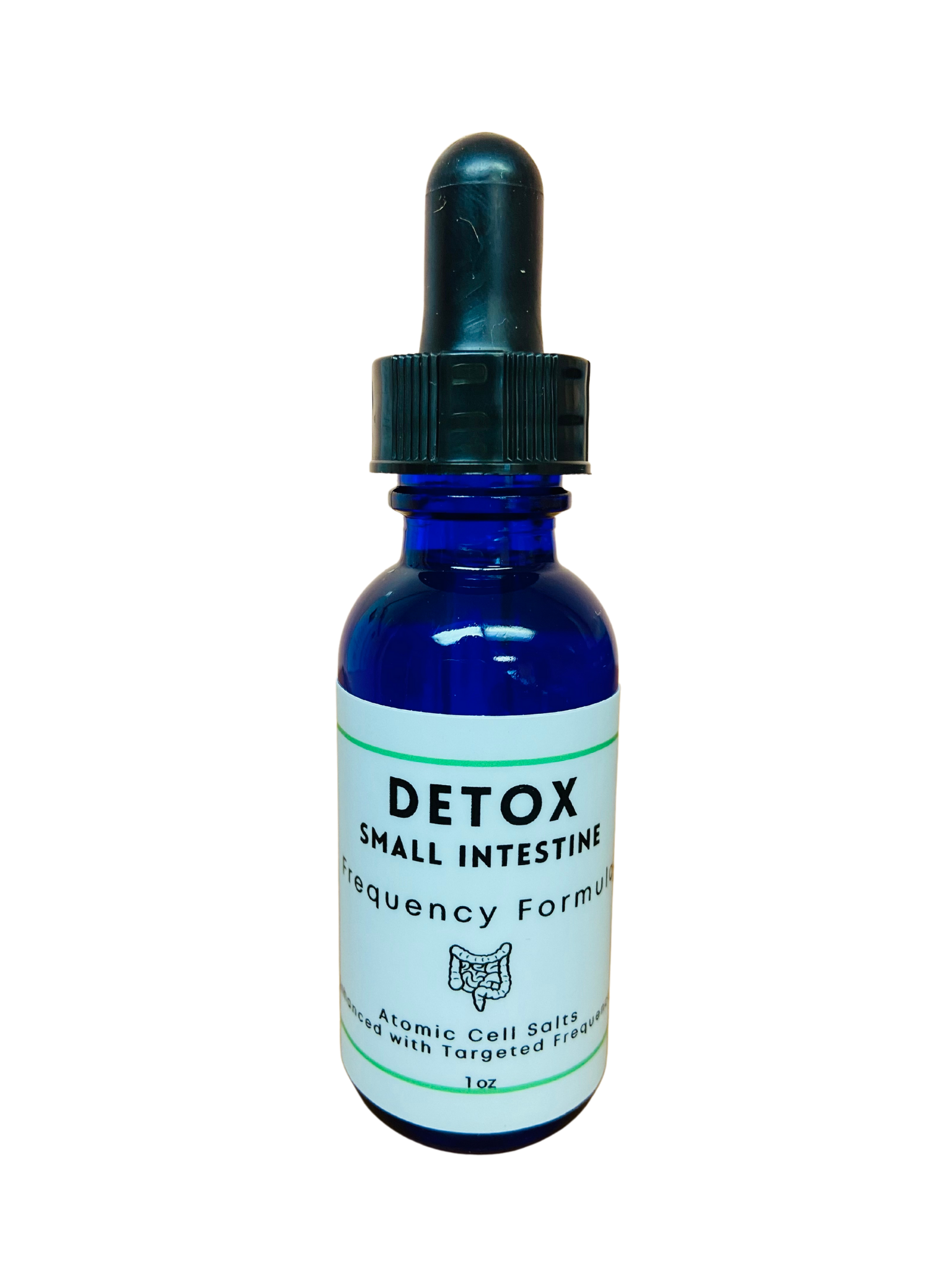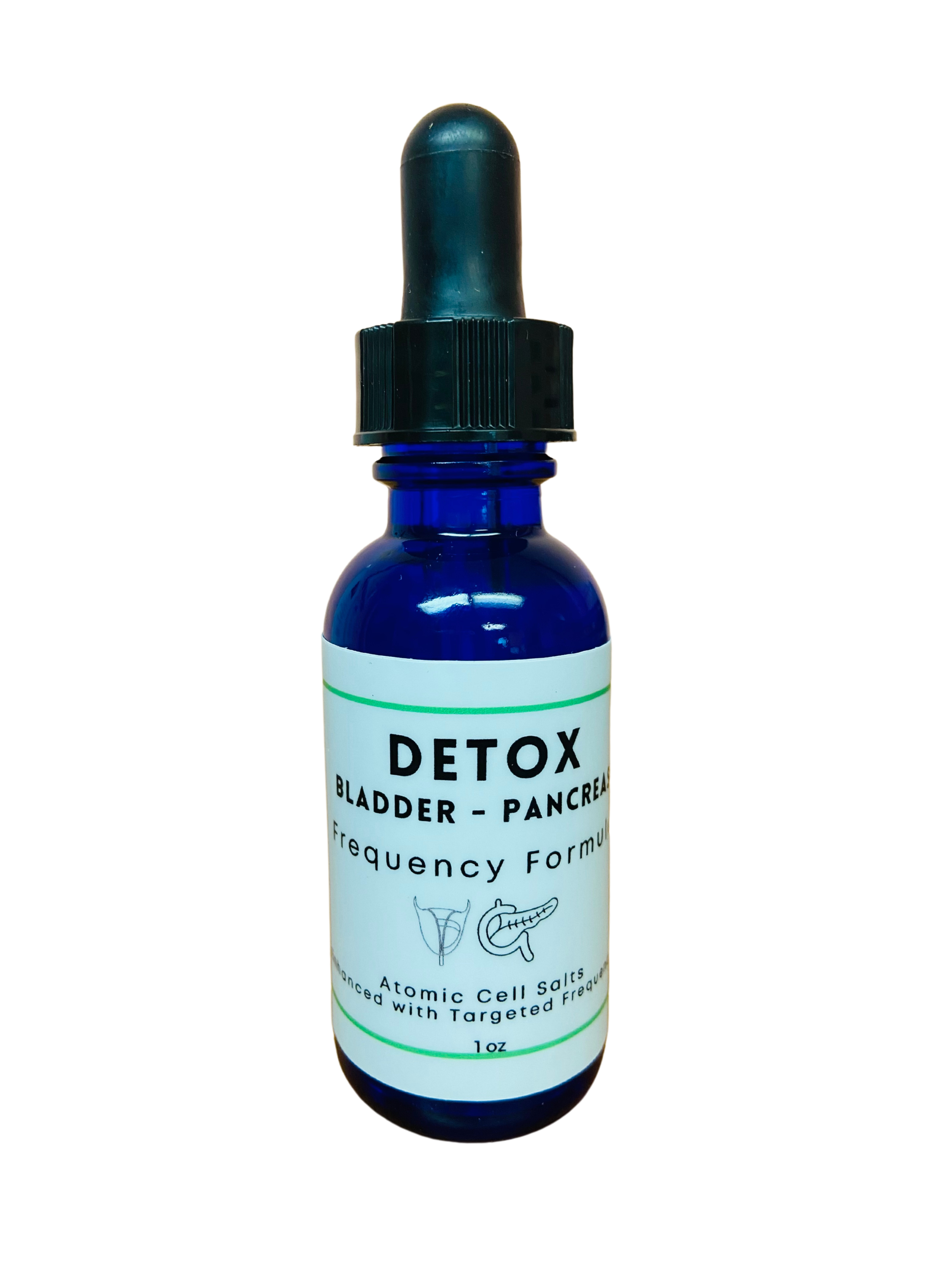 Image 1 of 9
Image 1 of 9

 Image 2 of 9
Image 2 of 9

 Image 3 of 9
Image 3 of 9

 Image 4 of 9
Image 4 of 9

 Image 5 of 9
Image 5 of 9

 Image 6 of 9
Image 6 of 9

 Image 7 of 9
Image 7 of 9

 Image 8 of 9
Image 8 of 9

 Image 9 of 9
Image 9 of 9










EOL® DETOX Frequency Formulas (BUNDLE AND SAVE!)
BUY 3 AND SAVE!!
Buy any 2 DETOX Frequency Formulas, get 50% off a 3rd
Based on the principles of homeopathy and Chinese medicine, our new DETOX Frequency Formulas are specially-programmed with the frequencies to help the body’s organs to systematically release toxins.
Directions for use:
Start with 4 drops, three times a week. Build to 1 dropperful, twice weekly, or as directed by a health professional. Can be taken under the tongue, or with water or juice.
Inactive ingredients: saltwater
1 oz.
Click ‘Add to Cart’, then you will be prompted to select which 3 Frequency Formulas you want.
————————————————————————————-
BRAIN
The brain is a complex organ that controls thought, memory, emotion, touch, motor skills, vision, breathing, temperature, hunger and every process that regulates the body. Together, the brain and spinal cord make up the central nervous system.
LUNG - KIDNEY
Help to maintain the acid-base balance in the body; both also play a role in modifying carbon dioxide and bicarbonate concentrations, and the control of blood pressure and fluid homeostasis. The two organs can both be targets of the same systemic disease, and when there is loss of normal function in one, it can result in loss of function in the other.
THYROID - ADRENALS
Both glands are part of the endocrine system. The thyroid, located in the front of the neck, releases hormones into the bloodstream to control your metabolism, which is the primary way your body uses energy. The adrenals produce hormones that help regulate your metabolism, immune system, blood pressure, stress response, and other essential functions. When under a lot of stress, the adrenal glands release cortisol, which slows the metabolism; stress can also trigger the thyroid to slow the metabolism.
BLADDER - PANCREAS
The pancreas produces digestive enzymes and insulin, as well as other hormones related to digestion.
SMALL INTESTINE
After food begins to be digested in your stomach, it moves into the small intestine where it is further digested. The small intestine receives enzymes from the pancreas and liver, helping it to absorb nutrients (vitamins, minerals, carbohydrates, fats, proteins) and water from food so they can be used by the body.
COLON - LARGE INTESTINE
The large intestine includes the colon, rectum and anus; it is the final leg of the journey as your food passes through your digestive system. The colon removes waste products from partially digested food and helps maintain your fluid and electrolyte balance. The remaining material, solid waste called stool, moves through the colon to the rectum, and then passed from the body through the anus.
LIVER - GALLBLADDER -SPLEEN
The liver, gallbladder and spleen are accessory organs in the digestive process. Bile, which aids digestion, is created in the liver and then stored in the gallbladder. The spleen works to filter toxins from the bile and bloodstream.
INTEGUMENTARY SYSTEM
The integumentary system is the largest organ of the body, made up of the skin and exocrine glands (sweat-producing sudoriferous glands, oil-producing sebaceous glands, earwax-producing ceruminous glands, and milk-producing mammary glands), the hair, and the nails. It forms a physical barrier between the external and internal environments, and helps to protect and maintain it.
CIRCULATORY SYSTEM
The circulatory system is made up of blood vessels that carry blood to and from the heart. Arteries carry blood away from the heart and veins carry blood back to the heart. The circulatory system transports oxygen, nutrients, and hormones to the cells, and removes waste products like carbon dioxide.
————————————————————————-
DISCLAIMER:
These statements are based on homeopathic principles. They have not been reviewed by the Food and Drug Administration. Keep out of reach of children.
Click ‘Add to Cart’, then you will be prompted to select which 3 Frequency Formulas you want.
BUY 3 AND SAVE!!
Buy any 2 DETOX Frequency Formulas, get 50% off a 3rd
Based on the principles of homeopathy and Chinese medicine, our new DETOX Frequency Formulas are specially-programmed with the frequencies to help the body’s organs to systematically release toxins.
Directions for use:
Start with 4 drops, three times a week. Build to 1 dropperful, twice weekly, or as directed by a health professional. Can be taken under the tongue, or with water or juice.
Inactive ingredients: saltwater
1 oz.
Click ‘Add to Cart’, then you will be prompted to select which 3 Frequency Formulas you want.
————————————————————————————-
BRAIN
The brain is a complex organ that controls thought, memory, emotion, touch, motor skills, vision, breathing, temperature, hunger and every process that regulates the body. Together, the brain and spinal cord make up the central nervous system.
LUNG - KIDNEY
Help to maintain the acid-base balance in the body; both also play a role in modifying carbon dioxide and bicarbonate concentrations, and the control of blood pressure and fluid homeostasis. The two organs can both be targets of the same systemic disease, and when there is loss of normal function in one, it can result in loss of function in the other.
THYROID - ADRENALS
Both glands are part of the endocrine system. The thyroid, located in the front of the neck, releases hormones into the bloodstream to control your metabolism, which is the primary way your body uses energy. The adrenals produce hormones that help regulate your metabolism, immune system, blood pressure, stress response, and other essential functions. When under a lot of stress, the adrenal glands release cortisol, which slows the metabolism; stress can also trigger the thyroid to slow the metabolism.
BLADDER - PANCREAS
The pancreas produces digestive enzymes and insulin, as well as other hormones related to digestion.
SMALL INTESTINE
After food begins to be digested in your stomach, it moves into the small intestine where it is further digested. The small intestine receives enzymes from the pancreas and liver, helping it to absorb nutrients (vitamins, minerals, carbohydrates, fats, proteins) and water from food so they can be used by the body.
COLON - LARGE INTESTINE
The large intestine includes the colon, rectum and anus; it is the final leg of the journey as your food passes through your digestive system. The colon removes waste products from partially digested food and helps maintain your fluid and electrolyte balance. The remaining material, solid waste called stool, moves through the colon to the rectum, and then passed from the body through the anus.
LIVER - GALLBLADDER -SPLEEN
The liver, gallbladder and spleen are accessory organs in the digestive process. Bile, which aids digestion, is created in the liver and then stored in the gallbladder. The spleen works to filter toxins from the bile and bloodstream.
INTEGUMENTARY SYSTEM
The integumentary system is the largest organ of the body, made up of the skin and exocrine glands (sweat-producing sudoriferous glands, oil-producing sebaceous glands, earwax-producing ceruminous glands, and milk-producing mammary glands), the hair, and the nails. It forms a physical barrier between the external and internal environments, and helps to protect and maintain it.
CIRCULATORY SYSTEM
The circulatory system is made up of blood vessels that carry blood to and from the heart. Arteries carry blood away from the heart and veins carry blood back to the heart. The circulatory system transports oxygen, nutrients, and hormones to the cells, and removes waste products like carbon dioxide.
————————————————————————-
DISCLAIMER:
These statements are based on homeopathic principles. They have not been reviewed by the Food and Drug Administration. Keep out of reach of children.














